TOKYO (AP) – Almost weekly Momo Nomura makes time to visit Shinto shrines. She performs the prescribed rituals – cleansing her hands, ringing a bell, bowing and clapping. But her main purpose is getting a Goshuin, a stamp with elegant calligraphy that shrines provide for a fee to certify the visit.
She loves the stamps, which she began collecting during the pandemic. One with blue hydrangeas got her started.
“Because of the Goshuin, shrines have become closer to me, but I don’t consider this a religious activity,” Nomura said after getting her stamp and taking selfies at Sakura Jingu, a western Tokyo shrine established in 1882 as a minority Shinto sect focused on traditional values.
Nomura, who posts about her hobby on social media as Goshuin Girl, said she enjoys the stamp designs, and shrine visits allow a moment of reflection and a change of pace from her busy life as a graphic designer and entrepreneur. Differences of religious sects are not an issue, she said.
“It’s a mindfulness kind of thing for me,” Nomura said. “I don’t consider myself religious.”
About 70 per cent of people in Japan have similar nonreligious feelings, according to surveys. Their responses reflect a long history of pragmatism about traditional religions, which often serve more as connections to family and community than as theological guides.
Nomura, who graduated from a Christian university in Tokyo, said her parents also are not religious.
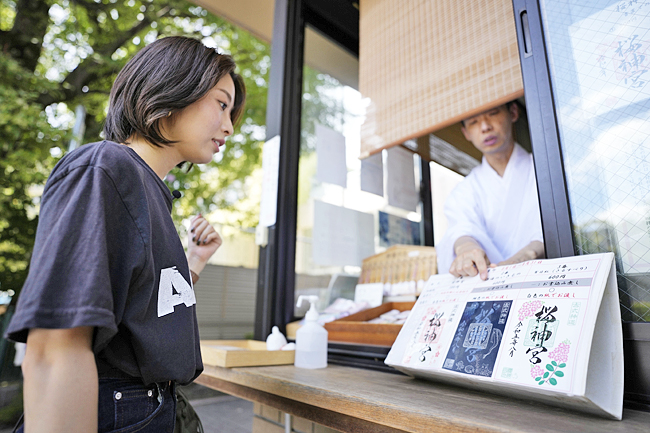
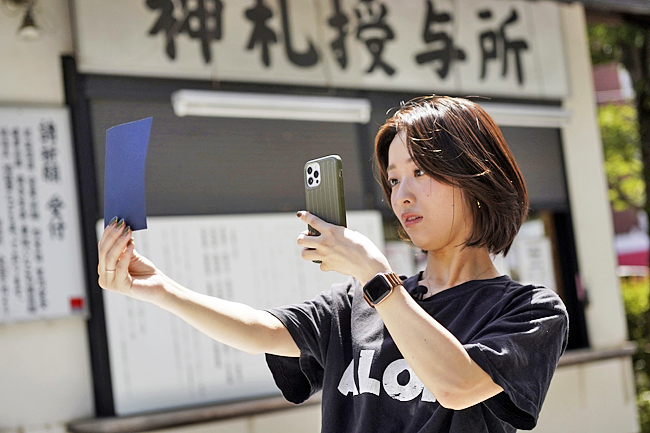
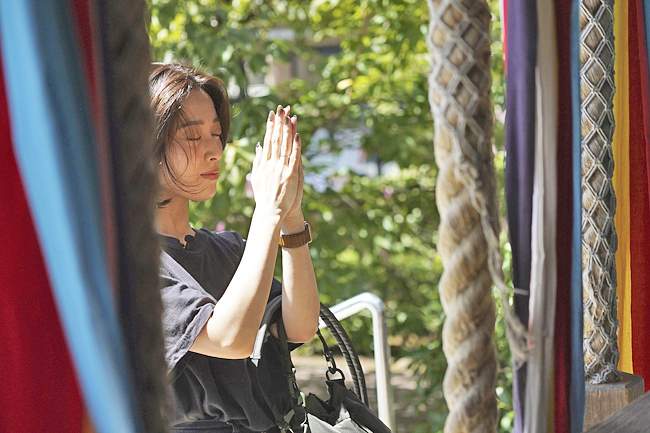
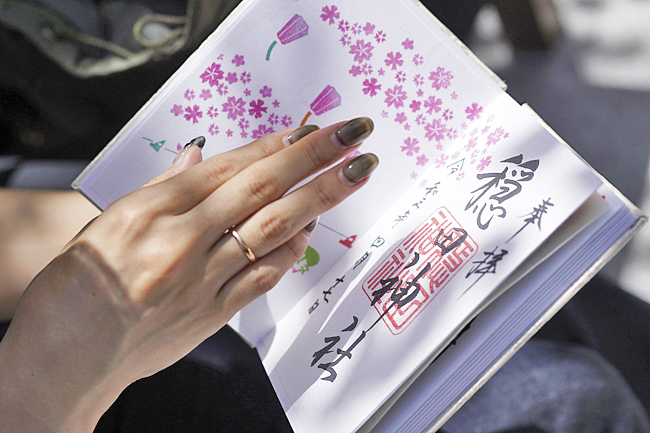
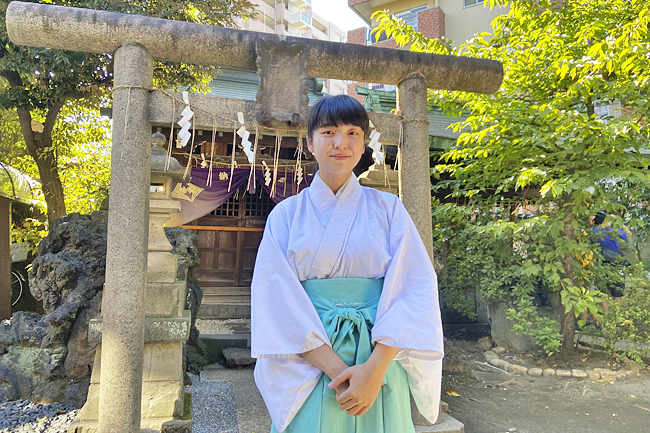
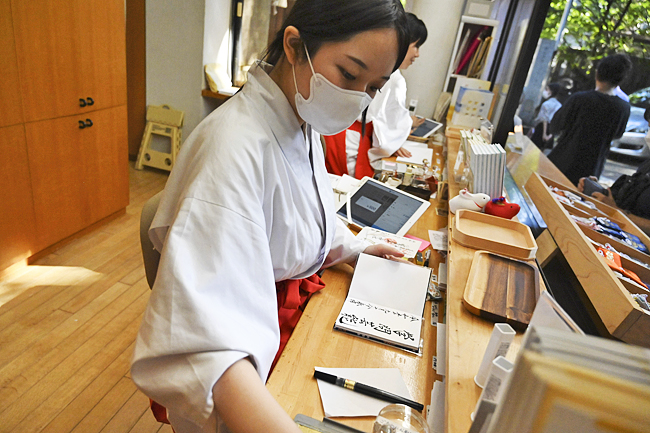
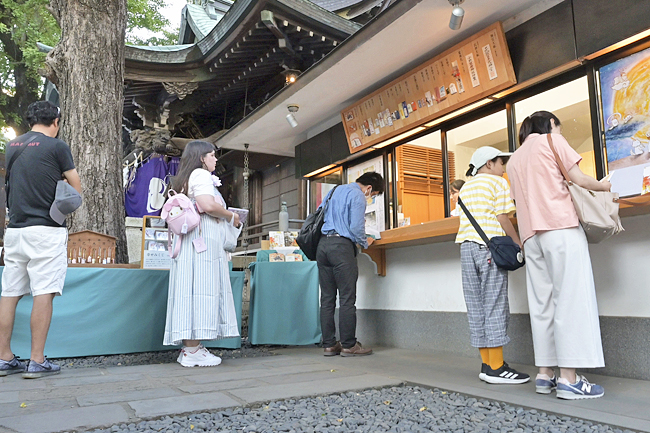
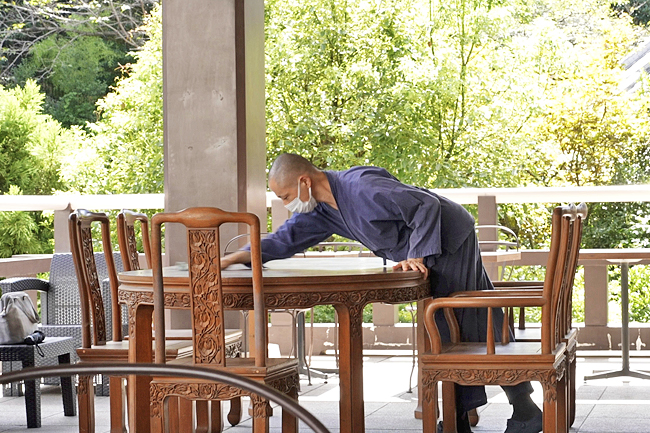
Still, she remembers going to shrines with her family as a girl for Shichi-Go-San ceremonies, where parents pray for health and prosperity for their children. She also visited a shrine before college exams.
On a recent weekend at Onoterusaki Jinja, a ninth-century Tokyo shrine that is part of a broader Shinto history, people came and went, some praying or just sitting on benches.
Japan’s unique relationship to faith is on full display during the final week of the year: People celebrate Christmas with an exchange of presents, ring Buddhist temple bells on New Year’s Eve, and hours later go to Shinto shrines to celebrate the New Year.
During other seasons, Japanese flock to Buddhist Bon dances and Shinto-related festivals involving mikoshi, or portable shrines.
“In Japan, faith is not considered an important element of religion, unlike Christianity, in which understanding of the Bible is necessary and the theology serves as a guidepost for daily life,” said religion professor at Hokkaido University Ryosuke Okamoto.
Historically, Buddhism arrived in Japan in the sixth century and took root. From around 1640, temples kept family registries of people in the neighbourhood, creating a tradition of ancestor worship still observed today.
A majority of Japanese return to their hometowns during August’s Bon holiday week to spend time with relatives and visit ancestors’ graves. Most funerals in Japan are held in a Buddhist style. The Indigenous religion of Shinto is largely rooted in animism, which believes there are thousands of kami, or spirits, inhabiting nature.
“Younger people tend to have an even more pragmatic view and less interest in principles linked to religion,” Okamoto said.
According to Cultural Affairs Agency statistics for 2022, the number of Japanese with links to Shinto, Buddhism, Christianity or other religions totalled 180 million, which exceeds Japan’s population of 126 million.
This suggests that most people follow both Shinto and Buddhism. Christians account for about one per cent of that total.
According to a survey of Japanese by the Niwano Peace Foundation in 2019, most respondents said they haven’t participated in any religious activities in recent years, and more than 70 per cent said they don’t have any faith.
However, positive feelings about shrines and temples increased over the past 20 years, presumably because of a growing interest in spiritual tours and stamp collections.
The popularity of Goshuin stamps and visits to spiritual spots like shrines and temples is not a show of faith, experts said, but instead suggests people feel an affinity for the traditions without a need to be deeply involved.
Some compare the stamp collecting to a blessed version of baseball cards.
Onoterusaki priest Karin Kodashima said the stamps are increasingly popular, allowing visitors to “tie a connection with kami”.
The stamps can also be an introduction to Shinto, she said during her break from preparation for an autumn festival which features rituals, lectures and court music.
For many people, shrines offer a chance for reflection, even if it’s not a religious experience. Kodashima said, “I believe shrines will continue to be part of people’s daily lives and serve as a place of tranquility and peace.”
Some Buddhist temples are seeking to reach younger people and have opened cafes, yoga and meditation classes, as well as talk sessions and concerts.
Komyoji monk Yuken Kihara serves his homemade desserts, tea and coffee every Wednesday at Open Terrace café on a temple balcony, available to anyone with reservations.
“I hope to provide a space for people to drop by and relax,” Kihara said.
As Japan’s population increasingly ages, with family values becoming more diverse and younger generations moving to cities, small shrines and temples in rural Japan struggle to survive.
In an attempt to connect the struggling shrines and temples with potential visitors interested in history, architecture or the stamps, a young entrepreneur established an online information site. There are about 160,000 temples and shrines in Japan, according to government statistics.
Hotokami, a word combining Hotoke (Buddha) and Kami (God), was launched by Ryo Yoshida in 2016 after he organised tours to historic sites for three years. The online service now has 1.2 million monthly users, and has collaborated with train operators as well as shrines to organise trips to collect stamps.
Yoshida said he personally feels a connection to both Buddhism and Shintoism. Every morning for 10 minutes he listens to a YouTube programme by a monk based at a temple in Kamakura. As far as his family’s religion, he notes a Buddhist temple next to his grandfather’s home in Shiga prefecture.
Yoshida said, “I like both Shinto’s appreciation of nature and ancestors, and Buddhist values of how to live a better life.”
But he added, “If you ask me whether I have faith, I’m not sure.”




